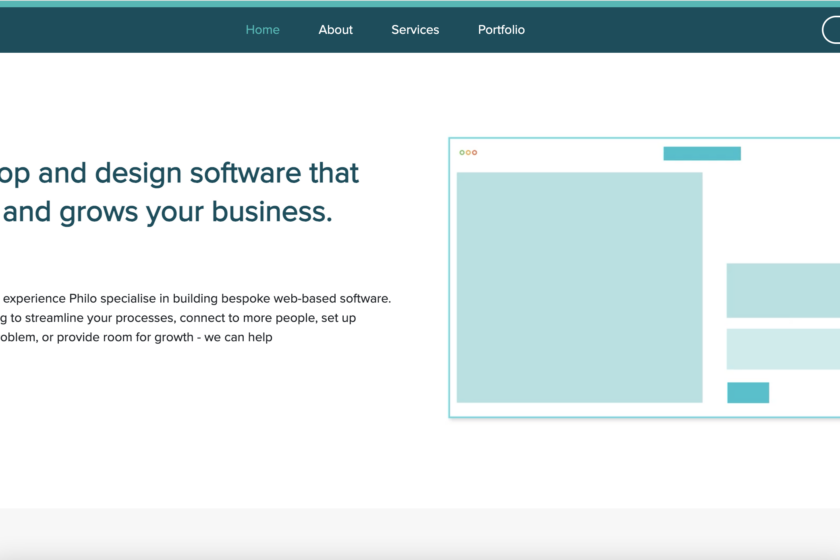Integrating Real-Time Tracking with Supply Chain Visibility: Best Practices
In today’s competitive landscape, optimising supply chain management is essential for business success. Integrating real-time tracking with supply chain visibility not only enhances operational efficiency but also builds customer trust. Here’s how businesses can implement effective practices to ensure robust supply chain processes, particularly for perishable and high-value goods.
Understanding Supply Chain Visibility
Supply chain visibility refers to the capability to track and manage inventory, shipments, and operations in real time. This transparency allows companies to swiftly respond to challenges, mitigate risks, and ensure smooth operations. Integrating real-time tracking within this framework provides deeper insights, enabling informed decision-making.
Benefits of Real-Time Tracking in Supply Chains
- Enhanced Decision-Making:
Real-time tracking equips managers with up-to-the-minute data, facilitating informed choices regarding spoiled and damaged goods before they reach their destination.
- Improved Customer Experience:
In an era where customers expect transparency, real-time tracking allows businesses to offer accurate delivery estimates and timely notifications, and peace of mind knowing their shipment has travelled in the best conditions. This helps to improve customer satisfaction.
- Risk Mitigation:
By leveraging real-time data, businesses can promptly identify disruptions—such as potential spoilage of perishable goods or damage to high-value items—and address them proactively.
- Operational Efficiency:
Tracking systems streamline processes, reducing manual errors and enhancing overall productivity.
Best Practices for Integration
- Choose the Right Technology:
Invest in robust tracking devices tailored to your supply chain needs. Consider IoT devices, GPS tracking, and wireless technology for precise data collection, especially for monitoring conditions of perishable goods.
- Ensure Data Accuracy:
Regular audits and real-time updates are crucial for reliable information, especially in handling sensitive products.
- Foster Collaboration:
Promote communication and cooperation among all supply chain partners. Sharing real-time data enables all stakeholders to make informed decisions and respond swiftly to challenges.
- Invest in Training
Equip your team with the skills needed to effectively utilise tracking technology. Ensure everyone understands how to interpret data to enhance operational performance, particularly when managing high-value goods.
- Monitor Performance Metrics:
Define key performance indicators (KPIs) to evaluate the effectiveness of your tracking integration. Regular assessments help identify areas needing improvement, especially in minimising spoilage or damage.
- Prioritise Scalability:
Select a tracking solution capable of scaling with your business. As your operations expand, your tracking system should handle increased data complexity, particularly for diverse product categories.
Integrating real-time tracking with supply chain visibility is more than just a technological improvement; it’s a strategic imperative that can significantly boost efficiency, save money & wastage. By following these best practices, businesses can harness the power of real-time data, streamline operations, and sustain a competitive edge in today’s dynamic market.






